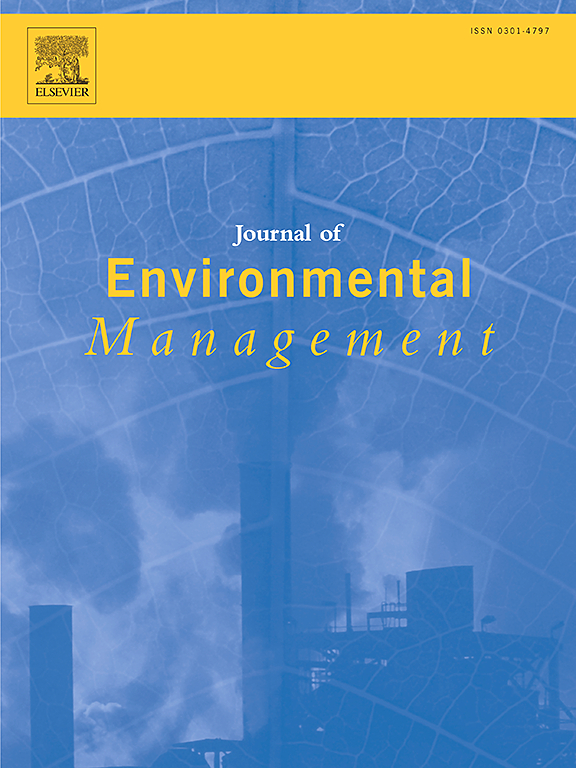The collaboration and competition between indigenous microorganisms and exogenous anaerobic digester sludge in anaerobic treatment of pickled mustard wastewater at different salinities
IF 8
2区 环境科学与生态学
Q1 ENVIRONMENTAL SCIENCES
引用次数: 0
Abstract
The highly concentrated pickled mustard wastewater presents significant potential for energy recovery, but the stress effect of high osmotic pressure on cell integrity and activity seriously impedes the methane production by anaerobic microorganisms. The survival ability of indigenous microorganisms (IM) in pickled mustard wastewater supports the establishment of anaerobic treatment. Moreover, inoculation of anaerobic digester sludge is a common start-up strategy. However, the effects of exogenous anaerobic sludge on IM are unclear, especially in hypersaline environment. This research aimed to investigate the influence of exogenous anaerobic sludge on the construction, performance, and microbiota at 3% and 5% salinity. And the research focused on the collaboration and competition between exogenous anaerobic sludge and IM. The neutral community model (which explains the formation and evolution of biological communities) indicated that the interaction between exogenous digester sludge microorganisms and IM dominated community assembly. At 3%, the digester sludge collaborated with IM to increase daily COD reduction and biogas production compared with IM group. However, at 5%, the competitive relationship reduced daily COD reduction and biogas production compared with IM group. This study provides a new perspective for the selection of inoculation strategies for exogenous anaerobic digester sludge under different salinity, in order to realize energy conversion from salinity organic wastewater.
不同盐度下厌氧处理榨菜废水过程中本地微生物与外源厌氧消化污泥之间的协作与竞争。
高浓度榨菜废水具有巨大的能量回收潜力,但高渗透压对细胞完整性和活性的压力效应严重阻碍了厌氧微生物的甲烷生产。榨菜废水中本地微生物(IM)的存活能力支持厌氧处理的建立。此外,接种厌氧消化污泥也是一种常见的启动策略。然而,外源厌氧污泥对微生物的影响尚不明确,尤其是在低盐环境中。本研究旨在探讨外源厌氧污泥在 3% 和 5% 的盐度条件下对消化池建造、性能和微生物群的影响。研究重点是外源厌氧污泥与 IM 之间的协作与竞争。中性群落模型(解释生物群落的形成和演化)表明,外源消化污泥微生物与 IM 之间的相互作用主导了群落的形成。与 IM 组相比,当浓度为 3% 时,消化污泥与 IM 相互合作,增加了每日 COD 的减少量和沼气产量。然而,与 IM 组相比,当浓度为 5%时,竞争关系降低了 COD 的日削减量和沼气产量。这项研究为不同盐度条件下外源厌氧消化污泥接种策略的选择提供了新的视角,从而实现盐度有机废水的能量转化。
本文章由计算机程序翻译,如有差异,请以英文原文为准。
求助全文
约1分钟内获得全文
求助全文
来源期刊

Journal of Environmental Management
环境科学-环境科学
CiteScore
13.70
自引率
5.70%
发文量
2477
审稿时长
84 days
期刊介绍:
The Journal of Environmental Management is a journal for the publication of peer reviewed, original research for all aspects of management and the managed use of the environment, both natural and man-made.Critical review articles are also welcome; submission of these is strongly encouraged.
 求助内容:
求助内容: 应助结果提醒方式:
应助结果提醒方式:


